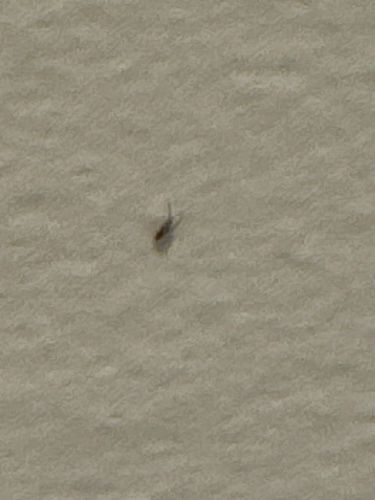Fungus Gnat
Scientific Name: Bradysia spp. (though many genera and species exist, Bradysia is a common one)
Order & Family: Diptera, Sciaridae (Dark-winged fungus gnats) or Mycetophilidae (Fungus gnats)
Size: 1/16 to 1/8 inch (2-3 mm)

Natural Habitat
Damp, moist environments rich in decaying organic matter, often found indoors near houseplants, in greenhouses, or anywhere with consistently moist soil. Outdoors, they prefer shaded, humid areas with decomposing plant material.
Diet & Feeding
Adult fungus gnats typically do not feed or feed on liquids, but their larvae primarily feed on fungi, decaying plant matter, and sometimes the roots of plants.
Behavior Patterns
Adults are weak fliers and often seen walking on surfaces or flying in short, erratic patterns. They are attracted to light and moisture. Females lay eggs in moist soil, and the larvae develop there, feeding on organic material. The life cycle from egg to adult can be as short as 17 days under ideal conditions.
Risks & Benefits
Potential risks include being a nuisance, especially indoors. Larvae can damage the roots of seedlings and young plants, leading to wilting, stunted growth, or even plant death, particularly in overwatered conditions. They are not known to transmit diseases to humans or animals. Benefits are minimal, but they contribute to decomposition in natural ecosystems.
Identified on: 11/4/2025